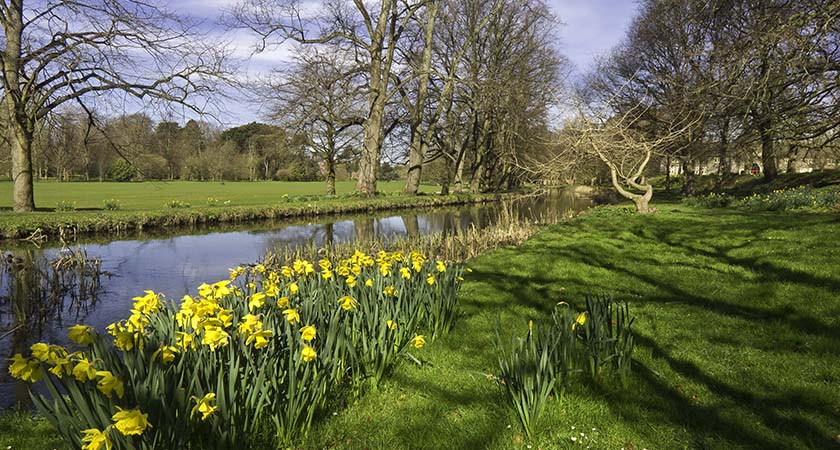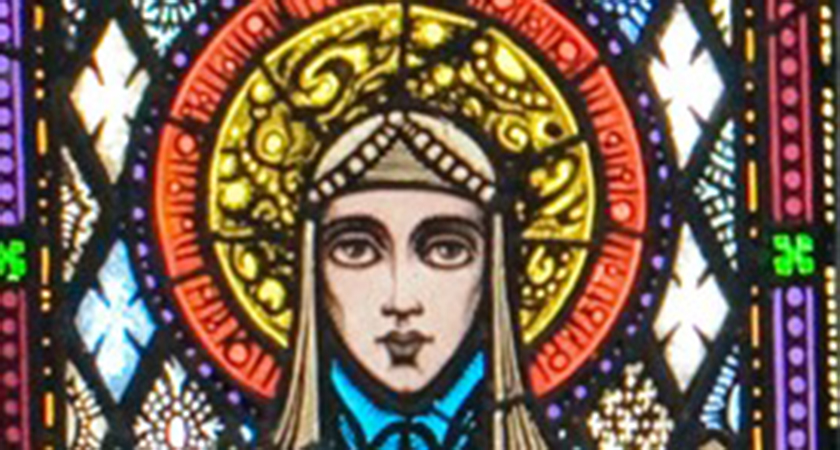THOSE COLD, dark days could be finally behind us.
Today, 1 February, marks the first day of spring in the Gaelic calendar.
Traditionally, in Ireland spring is celebrated on February first, having been known as Imbolc in ancient times and coinciding with St Brigid's Day, a day celebrating Ireland's only female patron saint.
While spring does not officially start for a number of weeks, most people in Ireland will still celebrate St Brigid's Day as the symbolic end to the winter, with masses of schoolchildren usually weaving St Brigid's Crosses to mark the day.
The Celtic festival of Imbolc lands halfway between the winter solstice and the spring equinox, and is one of four Gaelic seasonal festivals, the other three being Bealtaine, Lughnasadh and Samhain.
Daffodils are a prominent symbol of St Brigid's Day and Imbolc, as it is traditionally the first flower to bloom in spring-- in warmer winters, some dandelions can shoot up in January, and this has been the case this year.

Believed to have once celebrated the pagan goddess Brigid, with the Christian conversion of Ireland came the celebration of Catholic Saint Brigid, and many old traditions still survive, such as leaving out items of clothing on the last day of January which would be blessed by St Brigid overnight.
St Brigid, or Bríd, one of Ireland's three patron saints and the only woman saint, was born into slavery and gained prominence in her older years as she had many miracles attributed to her.
One of the most famous miracles said to have been performed by St Brigid, who was regarded as an expert brewer, is the transformation of water to beer-- which made her quite popular.
It is said that when St Brigid prayed, the wind and the rain became still, which could relate to her being linked to the first day of spring, where the wind and rain calm and the sun emerges at last.
St Brigid was also a protector of women, with many legends depicting her of saving innocent women from death, assault or being framed, and even, on one occasion, healing two girls' muteness.

But the most famous miracle attributed to Saint Brigid, and the one most-often told on Lá Fhéile Bríd, is how she secured the land for which she went on to build a convent.
According to the legend, Saint Brigid met with the King of Leinster and asked for land, stating that the place where she stood was the perfect place for a convent.
The King was patronising of Brigid, laughed at her and refused; Brigid prayed to God, asking him to soften the King's heart, and God spoke back to her.
Brigid then asked the King if he would gift her as much land as her cloak would cover.
Laughing at Brigid's small cloak, the King agreed; but when Brigid's four sisters took the cloak and began turning in circles with it, it grew and spread in all directions, covering many acres of land until it almost covered the whole province of Leinster.
The King then believed in God's power and became a Christian-- and gifted Brigid enough land for her convent.

